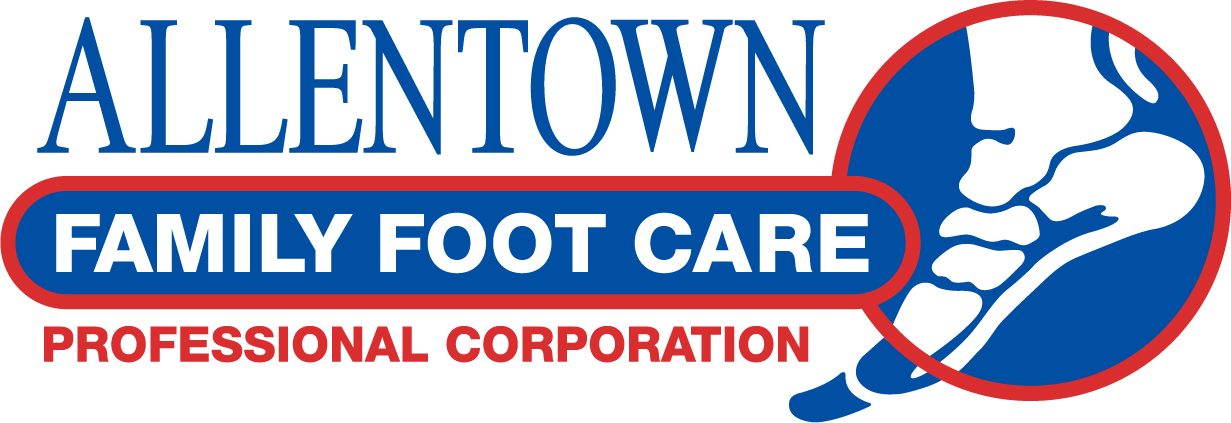Raynaud’s sometimes is called a disease, syndrome, or phenomenon. Raynaud’s is a rare disorder that affects the blood vessels that carry blood from your heart to different parts of your body. The disorder is marked by brief episodes of narrowing of the blood vessels, tingling, numbness, and temporary skin color changes. Constriction or vasospasm of the arteries reduces blood flow to the fingers and toes. In people who have Raynaud’s, the disorder usually affects the fingers. In about 40 percent of people who have Raynaud’s, it also affects the toes. Often, the cause of Raynaud’s isn’t known. This type of Raynaud’s is called Raynaud’s disease or primary Raynaud’s. Sometimes a disease, condition, or other factor causes Raynaud’s. This type of Raynaud’s is called Raynaud’s phenomenon or secondary Raynaud’s. Primary Raynaud’s is more common and tends to be less severe than secondary Raynaud’s. If you have primary or secondary Raynaud’s, cold temperatures or stress can trigger “Raynaud’s attacks.”
During an attack, little or no blood flows to affected body parts. As a result, the skin may turn white and then blue for a short time. As blood flow returns, the affected areas may turn red and throb, tingle, burn, or feel numb. In both types of Raynaud’s, even mild or brief changes in temperature can cause Raynaud’s attacks. For example, taking something out of the freezer or being exposed to temperatures below 60 degrees Fahrenheit can cause your fingers to turn blue. Most people who have Raynaud’s have no long-term tissue damage or disability. However, people who have severe Raynaud’s can develop skin sores or tissue death from prolonged or repeated Raynaud’s attacks.
Prognosis
About 5 percent of the U.S. population has Raynaud’s. For most people who have primary Raynaud’s, the disorder is more of a bother than a serious illness. They usually can manage the condition with minor lifestyle changes. Secondary Raynaud’s may be harder to manage. However, several treatments are available to help prevent or relieve symptoms. With secondary Raynaud’s, it’s important to treat the underlying disease or condition that’s causing it. Researchers continue to look for better ways to diagnose and treat Raynaud’s.
